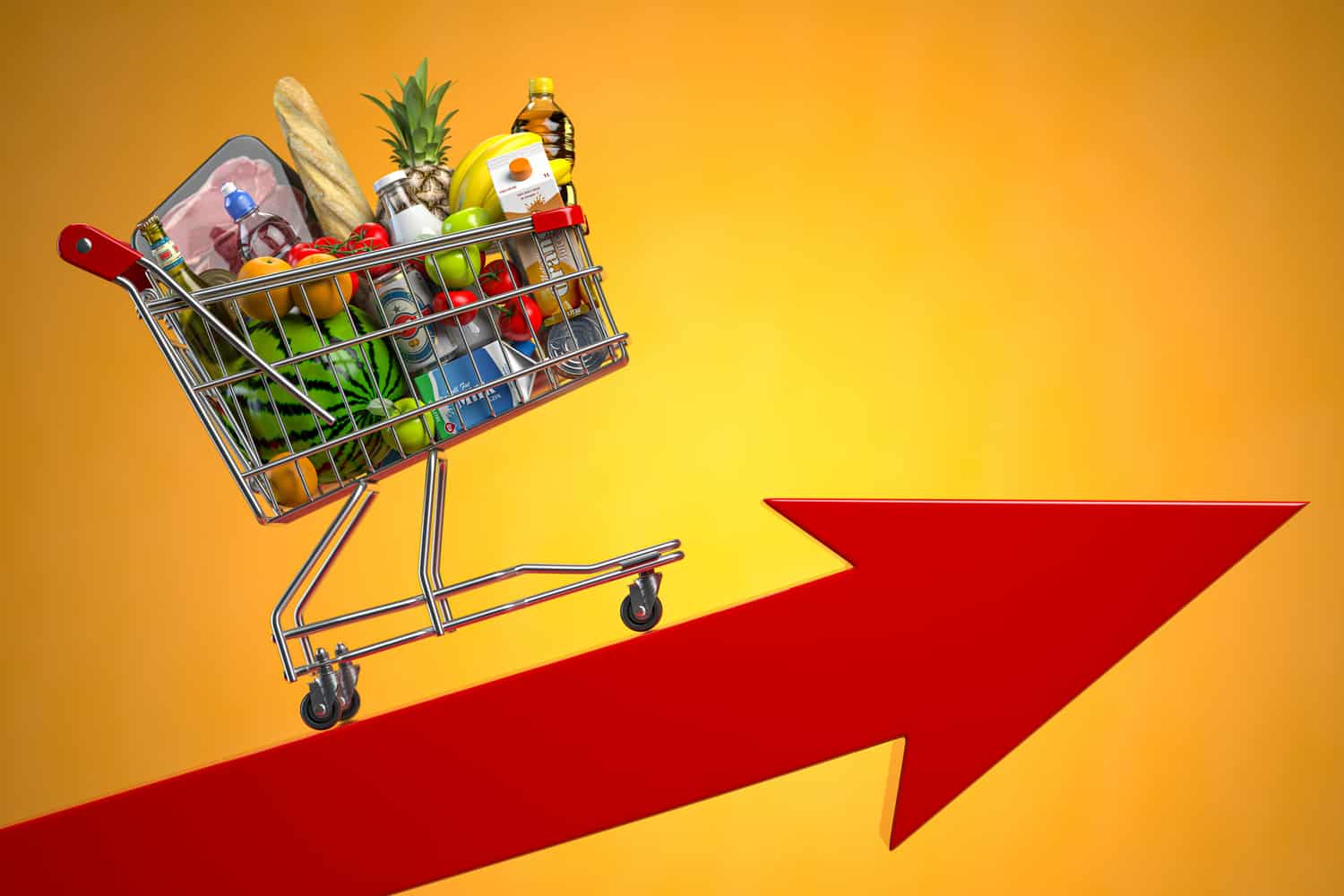Inflation on the rise, but not expected to go too far beyond 6%
The fuel price is still the main driver of rising inflation, with public transport increasing by 3.5% in March.

Image: iStock

Image: iStock
Subscribe to continue reading this article
and support trusted South African journalism
 SUBSCRIBE
SUBSCRIBE
The country’s headline inflation rate for March was 5.9% compared to March last year, 0.2 percentage points higher than in February, Statistics SA announced on Wednesday.
The consumer price index accelerated by 1.0% most recently, compared to 0.6% in February, driven primarily by the strong monthly rise in domestic fuel prices. Increasing price pressure will increase living costs for households, but economic research group Oxford Economics Africa does not expect headline inflation to deviate far beyond 6%.
ALSO READ: SA records price volatility in essential foods, hurting the poor
It comes as no surprise that transport was one of the main contributors to the annual consumer price index (CPI) with +15.7% and contributing 2.1 percentage points (ppts).
Other contributors were food and non-alcoholic beverages (+6.2% and contributing 1.1 ppts), housing and utilities (+4.8% and contributing 1.2 ppts) and miscellaneous goods and services (+3.2% and contributing 0.5 ppt).
After the fuel price increased by 7.2% in March compared to February, the two-month reduction in the fuel levy of R1.50 per litre saw fuel prices increase at a lower rate of 1.7% in April, cushioning consumers against the impact of fluctuating oil prices during the fuel cost setting in May.
Fuel prices increased by 7.2% between February and March, with inland 95-octane petrol increasing by R1.46 per litre to reach a record high of R21.60 per litre. Consumers saw fuel prices increase by an eye-watering 33.2% in the twelve months to March, with petrol prices rising by 32.6% and diesel by 35.1%.
Statistics SA says the transport index was also driven higher by increases in toll fees, air transport and bus fares.
ALSO READ: Higher chicken and red meat prices also on the menu for consumers
Food and non-alcoholic drinks inflation was softer in March, with the monthly rate slowing from 0.9% in February to 0.6% and the annual rate from 6.4% to 6.2%.
Bread and cereal prices increased at a monthly rate of 1.1% in March after a 2.4% jump in February, while meat milk, eggs, cheese, fish, sugar, sweets and desserts also registered price increases between February and March.
After increasing for three months in a row, prices for oils and fats were lower in March, dipping slightly by 0.1% and although the price of sunflower oil decreased by 0.7%, it is 27% more expensive than a year ago.
Fruit and vegetable prices were also lower after increasing for five consecutive months, dropping by 1.3% between February and March, while vegetable prices were lower by 0.4%, after price decreases for lettuce, mushrooms, dried beans, tomatoes, onions, potatoes and sweet potatoes.
Oxford Economics believes that while fuel price pressures will be more predominant in 2022, the lagged impact of higher input costs will start to feed into higher food price inflation going forward and should linger for longer heading into 2023.
An increase in excise duties contributed a 2.2% monthly increase in alcohol and tobacco prices.
ALSO READ: February inflation rate remains at 5.7% despite large increases in price of maize, bread and fish
In its annual survey of educational institutions and crèches in March, Statistics SA found that annual education inflation edged higher to 4.4% in 2022 after dropping to a 30-year low of 4.1% in 2021, with primary and secondary school fees increasing by 4.5% and tertiary fees by 4.2%.
According to the latest data, goods inflation increased from 8.1% compared to March last year to 8.7%, while services inflation increased to 3.4%, compared to 3.1% in February. Core inflation that excludes price volatile items such as food, non-alcoholic drinks, fuel, and energy, increased by 0.3 percentage points to 3.8% compared to March last year, the highest level since February 2020.
Oxford Economics says although price pressures have increased in recent months, high inflation has not been such a major headache for domestic policymakers when it is compared to advanced economies.
ALSO READ: Homeowners must brace for interest rate hikes
“On average, South Africa’s headline inflation rate has deviated by roughly 2 percentage points from the midpoint of the South African Reserve Bank’s (Sarb) 3%-6% target range during the past 12 months. It looks increasingly likely that headline inflation will briefly breach the Sarb’s target range in the second quarter before it peaks and then start to moderate gradually.”
Inflation is expected to reach an average of 5.7% this year (5.6% previously) compared to 4.5% in 2021. Oxford Economics expects that consumers will continue to experience high living cost pressures.
ALSO READ: UK inflation strikes 30-year high
Herman van Papendorp, head of investment research and asset allocation at Momentum Investments, said public transport fares increased by 3.5% in March from February, leading to an annual increase last seen in 2013.
He said that although fuel was the largest contributor to inflation, implying supply constraints, rather than demand inflation, the South African Reserve Bank (SARB) is still likely to continue increasing short term interest rates going forward.
“Interest rates are at low levels when compared historically, with the yield curve remaining steep and globally central banks generally in a hiking cycle to reduce inflation. The PPS funds continue to use the opportunity to maintain an overweight exposure to both nominal and inflation-linked bonds.”
Access to the top content, vouchers and other member only benefits